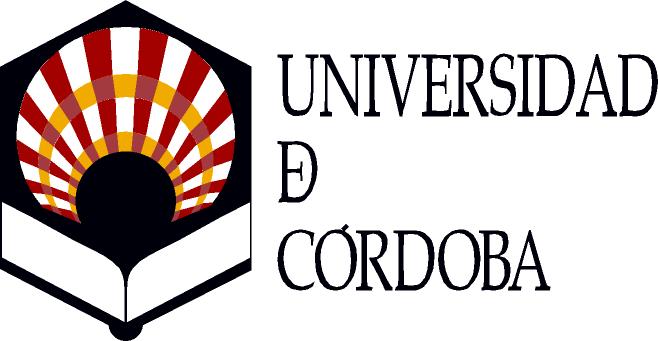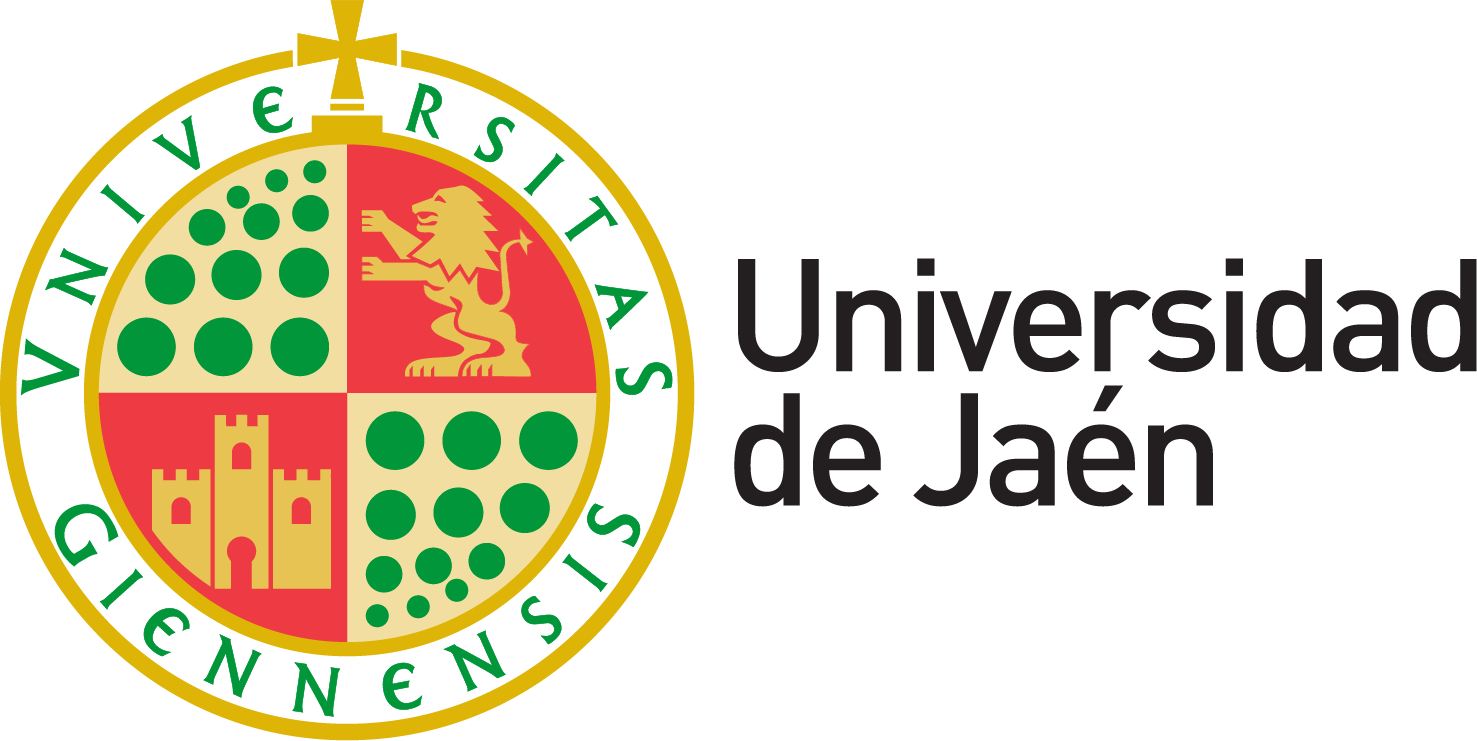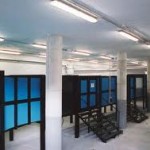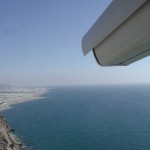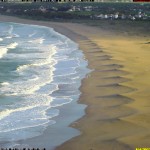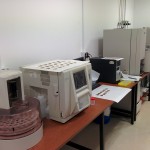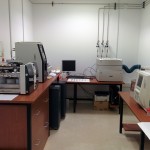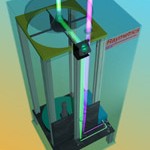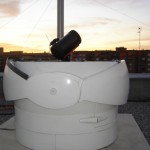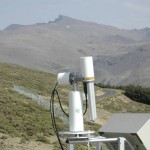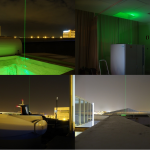Environmental fluid dynamics laboratory
Service charter
- Tests in wind tunnel, including the execution of the test, data analysis and reporting:
-
- Velocimetry PIV V3V TSI particle image laser: allows you to describe not only the speed at a point if not in a whole area or volume measurement laser taking high-speed images of the illuminated beam flow. For trials in air and in water.
- Laser doppler anemometry LDV TSI: this system is capable of measuring two components of velocity of air or water in which have been injecting micro-particles at a distance, without introducing any disturbance at the point of measurement.
- Wire anemometry hot TSI: measured one, two or all three components of wind speed in a point with high precision allowing a good description of the turbulence. There are 6 probes of the hot wire, three of them simple, two doubles and a triple.
- High speed camera for study of high-frequency vibrations, break the waves, bubbles, spray…
- Multipoint pressure electronic measurement system: offers the possibility of measuring, simultaneously, through micro tubes housed in the models, the pressures on large number of points on the surface of the model. There are two systems of measurement of pressure.
- For measurement of forces and moments load cells: located at the base of the model, allow to measure the forces and moments that wind load exerted on the structure. There are two cells of different measurement range.
- Accelerometers and uniaxial load cells.
- Three-dimensional automatic positioning system: with what is possible movement in three dimensions, controlled from the central computer of the described above systems.
- Profiler doppler speed in water, that simultaneously measures the speed of the water in up to 2,000 points column.
- Level sensors resistive and acoustic for the measurement of the free surface of the water.
- Pressure sensors for the measurement of the pressure exerted by the waves on structures.
- Zeiss for evaluation of motion of floating structures.
- Acoustic Profiler Fund for evaluation of sediment movement.
- System of monitoring of the movement of the docked vessel, including laser to analysis of the movement of forces on moorings and sensors of forces on defenses.
- Studies of the response of the action of the wind on structures: buildings, bridges, cooling towers, covered stadiums for football, port cranes, solar panels…
- Wind transport of sediments. Study of formation and movement of sand dunes.
- Studies on wind energy systems.
- Local winds in urban and natural topography studies. Urban climate – planning.
- Dispersion and concentration of contaminants in the environment.
- Studies on water systems.
- Comfort of pedestrians.
- Calibration of equipment.
- Trials in channel, wave tank, including the execution of the test, data analysis and reporting:
- Study of the response of structures against wave and current: breakwaters, jetties and piers, offshore platforms…
- Study of wave energy systems.
- Transport of sediments due to the waves and currents. Bar movement.
- Study of response in a port area plant.
- Analysis of the behavior of a docked ship.
- Calibration of equipment.
For this purpose there are, among others, with the following Instrumentation:
- Velocimetry PIV V3V TSI particle image laser: allows you to describe not only the speed at a point if not in a whole area or volume measurement laser taking high-speed images of the illuminated beam flow. For trials in air and in water.
- Laser doppler anemometry LDV TSI: this system is capable of measuring two components of velocity of air or water in which have been injecting micro-particles at a distance, without introducing any disturbance at the point of measurement.
- Wire anemometry hot TSI: measured one, two or all three components of wind speed in a point with high precision allowing a good description of the turbulence. There are 6 probes of the hot wire, three of them simple, two doubles and a triple.
- High speed camera for study of high-frequency vibrations, break the waves, bubbles, spray…
- Multipoint pressure electronic measurement system: offers the possibility of measuring, simultaneously, through micro tubes housed in the models, the pressures on large number of points on the surface of the model. There are two systems of measurement of pressure.
- For measurement of forces and moments load cells: located at the base of the model, allow to measure the forces and moments that wind load exerted on the structure. There are two cells of different measurement range.
- Accelerometers and uniaxial load cells.
- Three-dimensional automatic positioning system: with what is possible movement in three dimensions, controlled from the central computer of the described above systems.
- Profiler doppler speed in water, that simultaneously measures the speed of the water in up to 2,000 points column.
- Level sensors resistive and acoustic for the measurement of the free surface of the water.
- Pressure sensors for the measurement of the pressure exerted by the waves on structures.
- Zeiss for evaluation of motion of floating structures.
- Acoustic Profiler Fund for evaluation of sediment movement.
- System of monitoring of the movement of the docked vessel, including laser to analysis of the movement of forces on moorings and sensors of forces on defenses.
Contact Person:
-
| María Clavero Gilabert | Email: mclavero@ugr.es | Phone: 958.249734 |

